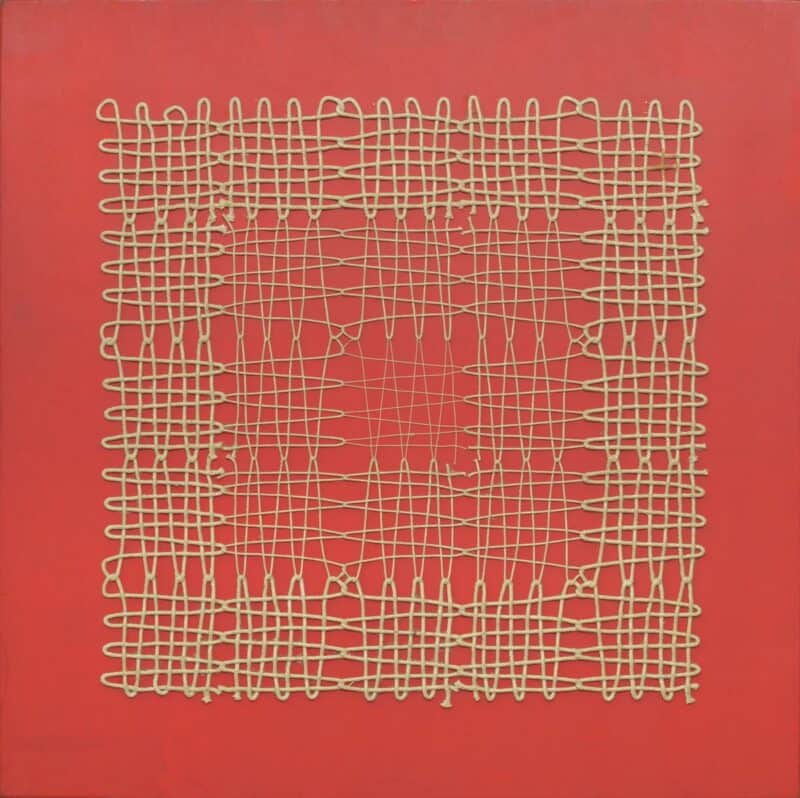
Two molars and a thumb bone belonging to King John, the medieval monarch who granted the charter of Magna Carta. Photograph: Claire Kendall/British Library/PA
King John is coming to the British Library for the exhibition celebrating the most famous event of his reign, the sealing of Magna Carta at Runnymede 800 years ago.
The king will be represented by two extraordinary loans: two teeth are coming from Worcester city museum, where they have only occasionally been on display; while Worcester cathedral is lending a thumb bone which, like the teeth, was taken as a souvenir from his tomb. The bone was returned 160 years later to the cathedral, which is also lending its original copy of John’s will.
They will be on display in the British Library’s Magna Carta: Law, Liberty, Legacy opening on 13 March, the largest exhibition mounted on the charter that inspired centuries of declarations of human rights.
The teeth and bone were taken when John’s splendid tomb at Worcester cathedral was opened in 1797 – supposedly to verify it held the king, but part of a late 18th century antiquarian craze for opening royal tombs. The tomb stayed open for almost two days and the cathedral was heaving with sightseers until the authorities were forced to close it to maintain order.
John had a particular affection for Worcester: two of his favourite hunting grounds were nearby, and he visited the shrine of the Anglo-Saxon Saint Wulfstan at the cathedral several times. When the king died in October 1216 at Newark castle, probably of dysentery rather than the poison or “surfeit of peaches” of contemporary sources, he asked to be buried there near the saint.
His tomb was opened at least twice, in the 16th century and in 1797 when only rotting scraps remained of the fabulous embroidered robe of crimson damask recorded 200 years earlier. Various fragments of fabric and bits of bone were taken as souvenirs, including the teeth and the thumb.
A local surgeon, Mr Sandford, was present when the tomb was opened and recorded what happened. The body was found lying in the same position as the effigy, but the bones had been disturbed, with the jaw lying by the elbow. All but four of the teeth, and most of both hands, had vanished, presumably into the hands of earlier souvenir hunters. A note preserved with the teeth says: “These are two teeth taken from the head of King John by William Wood, a stationer’s apprentice, in 1797.”
The skull was wrapped in a monk’s cowl rather than the crown shown on the effigy, and a sword in a leather scabbard lay by the side of the remains. The bones were measured and John’s height in life estimated at 1.67 metres (5ft 6in). The textiles were interpreted as parts of socks, some shoe leather, as well as the shreds of the damask shroud – scraps of surviving embroidery, including a lion’s head, showed it had once been a truly regal garment.
The will is the earliest surviving English royal example. It was dictated just before John’s death, and is thought to indicate how weakened he was because, instead of spelling out exactly how his possessions should be distributed, he left the decisions to his close advisers.
Worcester cathedral is also holding an exhibition and events programme about Magna Carta.
guardian.co.uk © Guardian News & Media Limited 2010
Published via the Guardian News Feed plugin for WordPress.









